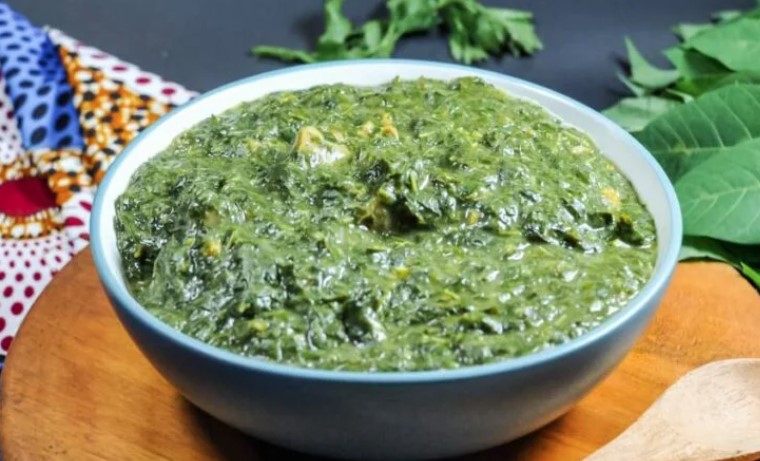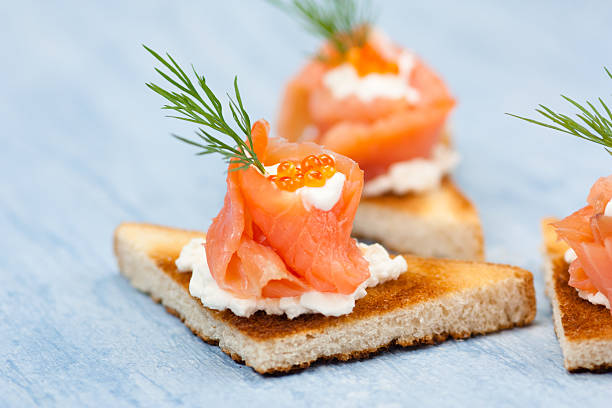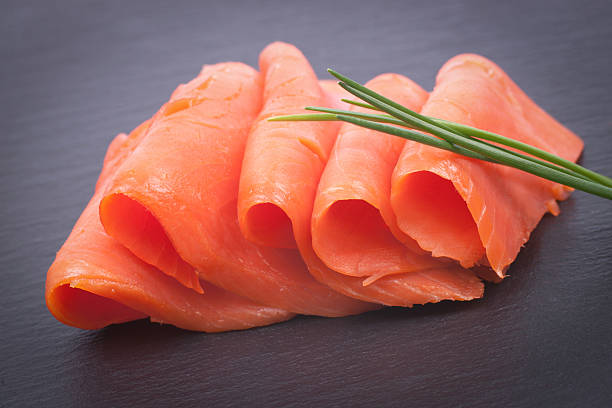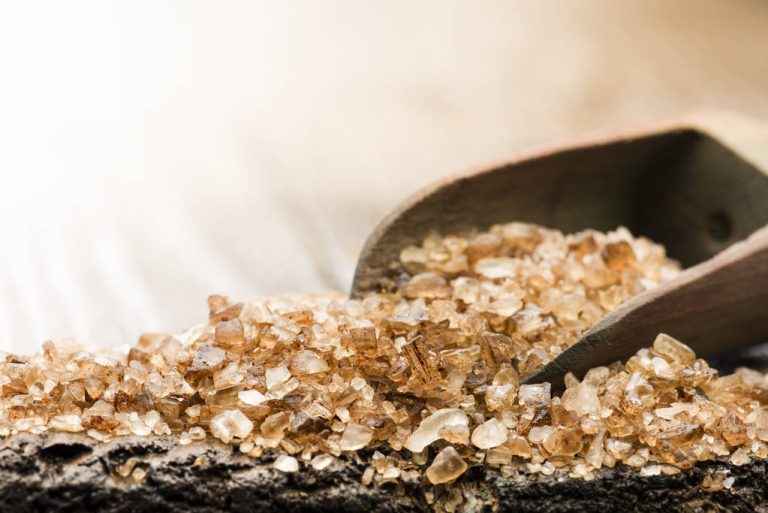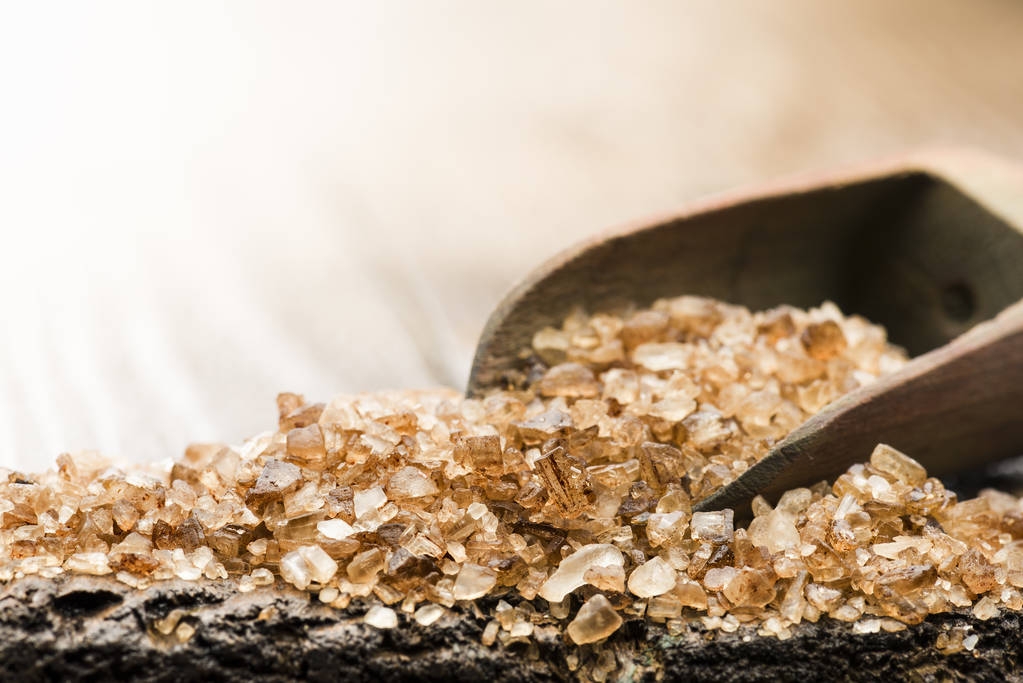Introduction to Kikwanga
Kikwanga is a traditional smoked game meat dish that is popular among the Bantu people of Central Africa. It is made from various types of wild game, such as antelope, buffalo, and warthog, and is a staple food in many rural communities. Kikwanga is often served during special occasions, such as weddings, funerals, and cultural festivals, and is considered a delicacy by many.
The preparation of kikwanga involves marinating the meat in a mixture of traditional spices and herbs, such as chili peppers, garlic, and ginger, before smoking it over an open fire. The smoking process not only imparts a unique smoky flavor to the meat but also helps to preserve it for longer periods. Kikwanga is typically served with staple foods like cassava, yams, and plantains.
Preparation and Preservation of Kikwanga
To make kikwanga, the meat is first washed and cut into small pieces. It is then seasoned with a mixture of salt, black pepper, and other spices and allowed to marinate for several hours. The marinated meat is then placed on skewers and hung over an open fire to smoke for several hours. The smoking process not only imparts a unique smoky flavor to the meat but also helps to preserve it for longer periods.
Kikwanga can be stored for several weeks in a cool, dry place. To prevent spoilage, it should be kept in an airtight container and stored away from direct sunlight. Kikwanga can also be frozen for several months and reheated when needed. However, it is important to note that extended periods of storage can affect the quality of the meat.
Health Benefits and Nutritional Value of Kikwanga
Kikwanga is a good source of protein, which is essential for building and repairing muscles and tissues in the body. It also contains various vitamins and minerals, such as vitamin B12, iron, and zinc, which are important for maintaining good health. Additionally, the smoking process used to prepare kikwanga helps to reduce the fat content of the meat, making it a healthier alternative to fried or grilled meat.
However, it is important to note that kikwanga may contain high levels of sodium due to the seasoning used in its preparation. Therefore, it should be consumed in moderation, especially by individuals with high blood pressure or other health conditions that require a low-sodium diet. Overall, kikwanga is a delicious and nutritious dish that offers a taste of the rich cultural heritage of Central Africa.


